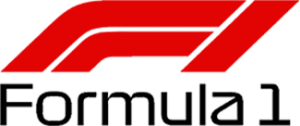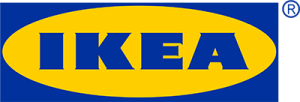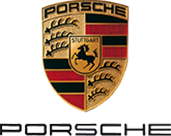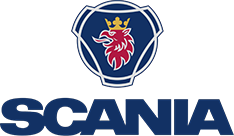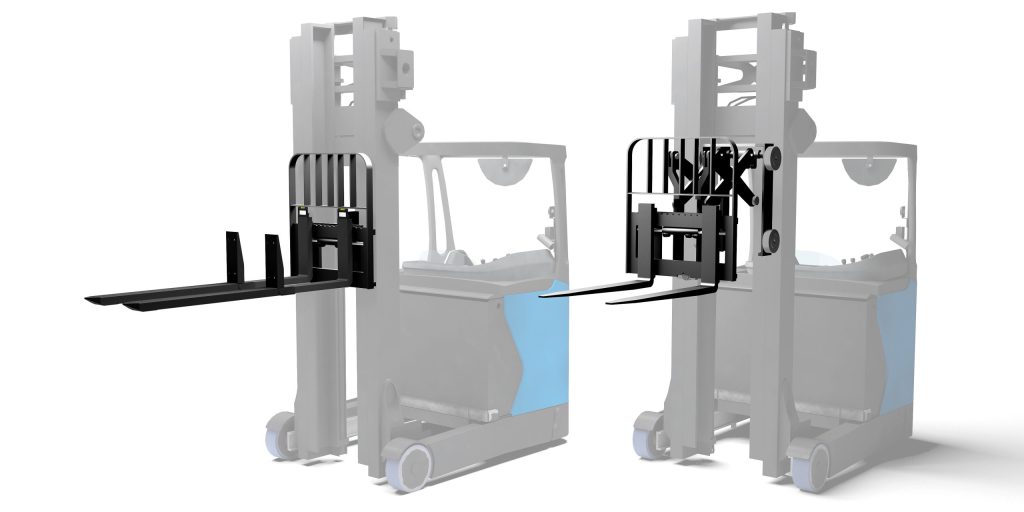
Comparison ReachForks vs Pantographs
To put a load in front of the forklift, there are two main principles, namely a pantograph and telescopic forks. Below we would like to point out some features that we think, a forklift design with telescopic forks has more advantages with telescopic forks than a pantograph.
· More affordable because ReachForks consists of less material and components.
· Less energy is required because the forklift has to drive with less weight.
· Quick and easy to install because it can be hooked on an existing fork carriage.
· Easily to swap and no separate forklift is needed when disassembling.
· Excellent visibility just like standard forks.
· Reduced own weight (approx. 35-45%).
· Improved residual lifting capacity when using an identical forklift.
· Virtually no extra lost load thickness compared to standard forks.
· No hinged parts, bearing, rollers, or lubrications, meaning reduced maintenance and costs.
. Less chance of oil leaks because no hydraulic hoses and valves are used that move during reaching.
· Easy to install onto other equipment, such as fork positioners or side-shifts.
Do ReachForks also have disadvantages? No drawbacks that outweigh all the benefits, but the critics will say:
· The ReachForks are thicker. That is right, but we have telescopic forks with a thickness starting with 40 mm (1.57”).
· The ReachForks have more deflection: True, but the deflection can be compensated with the same tilt function. Do not forget that the pantograph also deflects because all its weight is being positioned forward when extending. Also, all hinge points will have their play and need to be compensated. Therefore, a pantograph has a tilt function as well.
· The ReachForks are slower. That is not true because the handling cycles are the same when using the narrow-range ReachForks designed for warehousing.
· A heavier mast must be used when using ReachForks. That is also a misunderstanding since the moment (force x arm) remains the same.
If you want to know more, you can always contact us.







